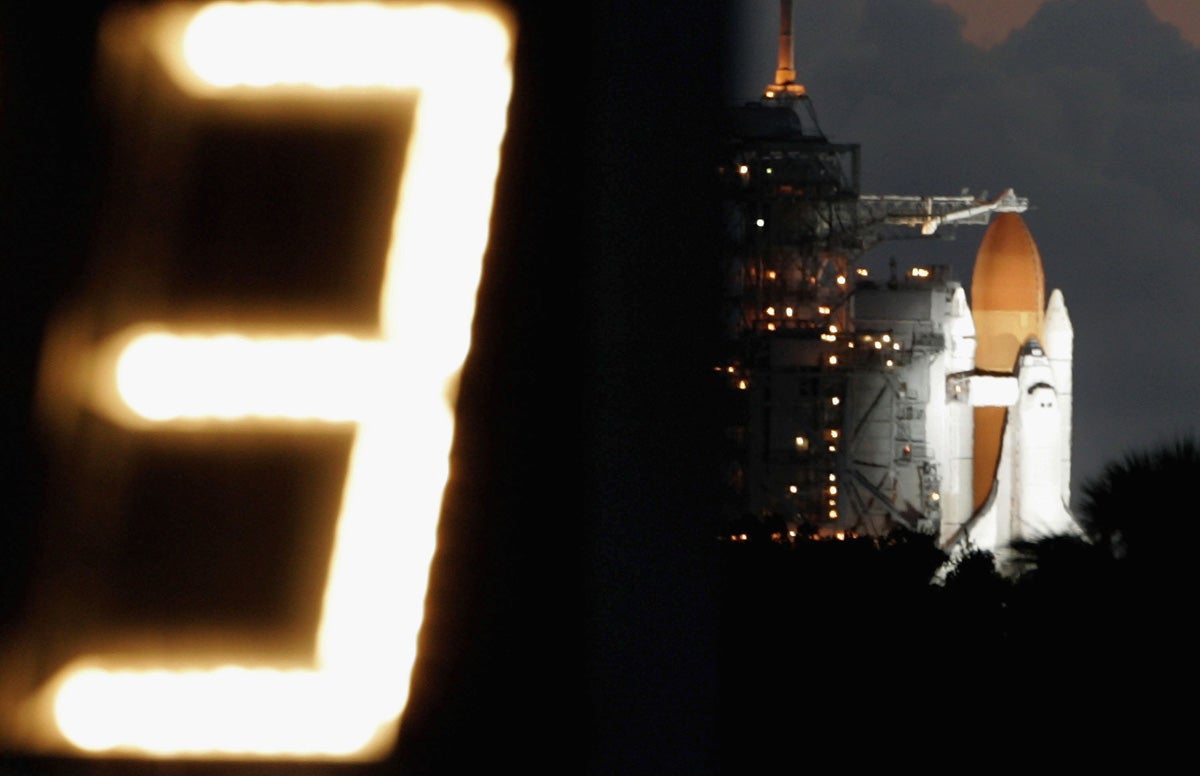
Credit: NASA/Kim Shiflettĭuring the wet dress rehearsal test ahead of Artemis I launch, the test team may hold during the countdown as necessary to verify conditions before resuming the countdown, or use the test window or extend beyond it, if consumables and resources allow them to complete test objectives. Members of the Artemis I launch team participate in a countdown simulation inside the Launch Control Center’s Firing Room 1 at NASA’s Kennedy Space Center in Florida on February 3, 2020. The L- time, however, continues to advance. During planned holds in the countdown process, the countdown clock is intentionally stopped and the T- time also stops. Pauses in the countdown, or “holds,” are built into the countdown to allow the launch team to target a precise launch window, and to provide a cushion of time for certain tasks and procedures without impacting the overall schedule. “T minus” time is a sequence of events that are built into the launch countdown. “L minus” indicates how far away we are from liftoff in hours and minutes.

The launch countdown contains “L Minus” and “T Minus” times. Credit: NASAīefore the Artemis I mission launches on its way around the Moon, the launch team at Kennedy Space Center in Florida and supporting teams across the country will begin the launch countdown about two days before liftoff. Illustration of NASA’s Space Launch System rocket launching with Orion atop it from Launch Complex 39B at NASA’s modernized spaceport at Kennedy Space Center in Florida.


 0 kommentar(er)
0 kommentar(er)
